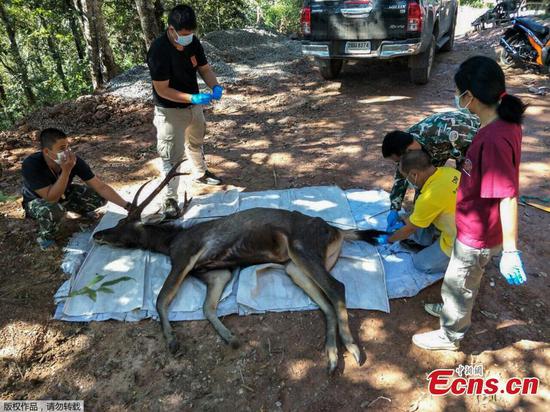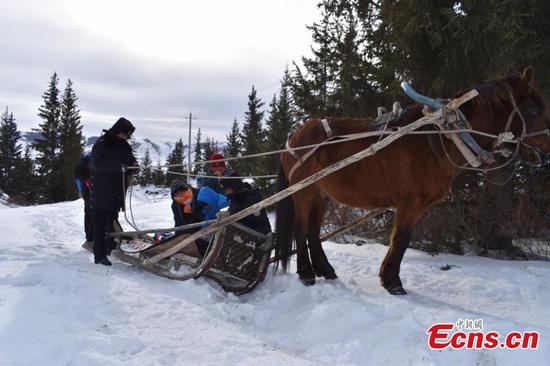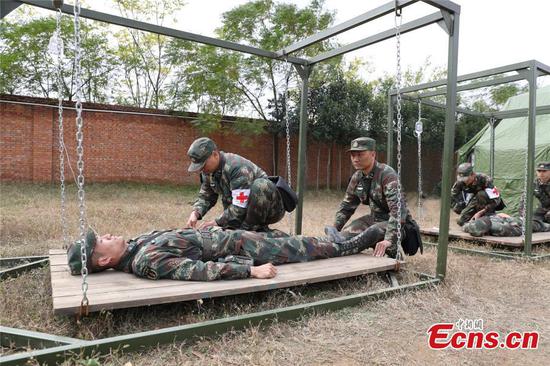A fourth plague case this month was found in Inner Mongolia, health authorities in the autonomous region said late Wednesday. Meanwhile, efforts to reduce the rat population and enhance public health awareness have been strengthened in the northern region and other parts of the country like Beijing.
In the latest case, a herder in Siziwang Banner was diagnosed with bubonic plague, the Inner Mongolia Health Commission said.
Two previous patients from Inner Mongolia confirmed to have pneumonic plague were in Beijing, and another in the region was diagnosed with bubonic plague after eating wild rabbit meat.
The National Health Commission said on Thursday that the two patients with pneumonic plague were in critical condition, and a joint medical expert group from the city and country-level are treating the patients with all medical resources.
The newly diagnosed patient in Siziwang is being quarantined and is in stable condition after treatment at the hospital. Four other people who had close contact with the patient have also been put into quarantine for medical observation. None had showed abnormalities like fever, according to the Inner Mongolia Health Commission.
The local government had sterilized the patient's residence and surrounding areas, and carried out health education involving killing rodents and monitoring flea activities, according to the statement.
In Beijing, where the two pneumonic plague cases were confirmed on Nov 12, a major campaign to reduce the rat population was started on Nov 21 and will last until the end of this month.
The city will make an effort to eliminate places that might produce various kinds of organisms that can transmit the disease and carry out an operation in winter to kill rodents. Meanwhile it will develop health education for the public, especially regarding infectious disease control and prevention, according to the capital's health authorities.
The eradication of rodents will center on areas including municipal underground pipelines, public green spaces, residential communities, small and medium-sized restaurants, hotels and farmers markets, as well as regions that have witnessed epidemic hemorrhagic fever in the last two years.
The Beijing Patriotic Health Campaign Committee said that all holes connected to building exteriors should be sealed, and rodent-resistant nets should be installed at the entrances of drainage pipes and ventilation pipelines, as well as some circuits.
Gaps in indoor doors and windows should be less than 0.6 centimeters, and iron sheeting higher than 30 centimeters needs to cover the lower section of warehouse doors and storage rooms, as well as elevators.
Walls of buildings should be intact and free of holes, with no clutter. Appropriate sites need to be selected to avoid injuring children when using mouse traps and cages. Poison bait should be kept away from water to prevent contamination and accidental ingestion.
Inner Mongolia officials also released a plan earlier this month that included bolstering epidemic early warning systems and medical screenings to prevent the spread of the disease.
The plague, also known as Black Death, which killed tens of millions of people in Europe during the 14th century, is a highly infectious disease and is mostly spread by rodents.
In China, plague infections have been rare in recent years, with few cases mostly concentrated in northwestern parts of the country.


















































